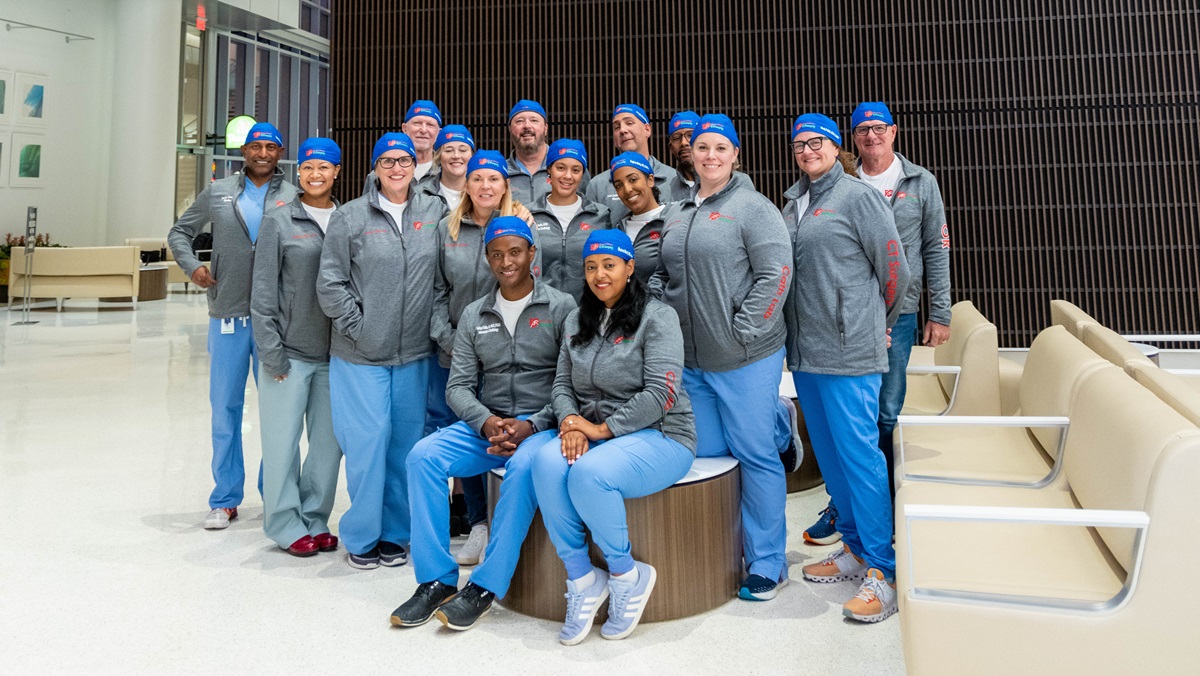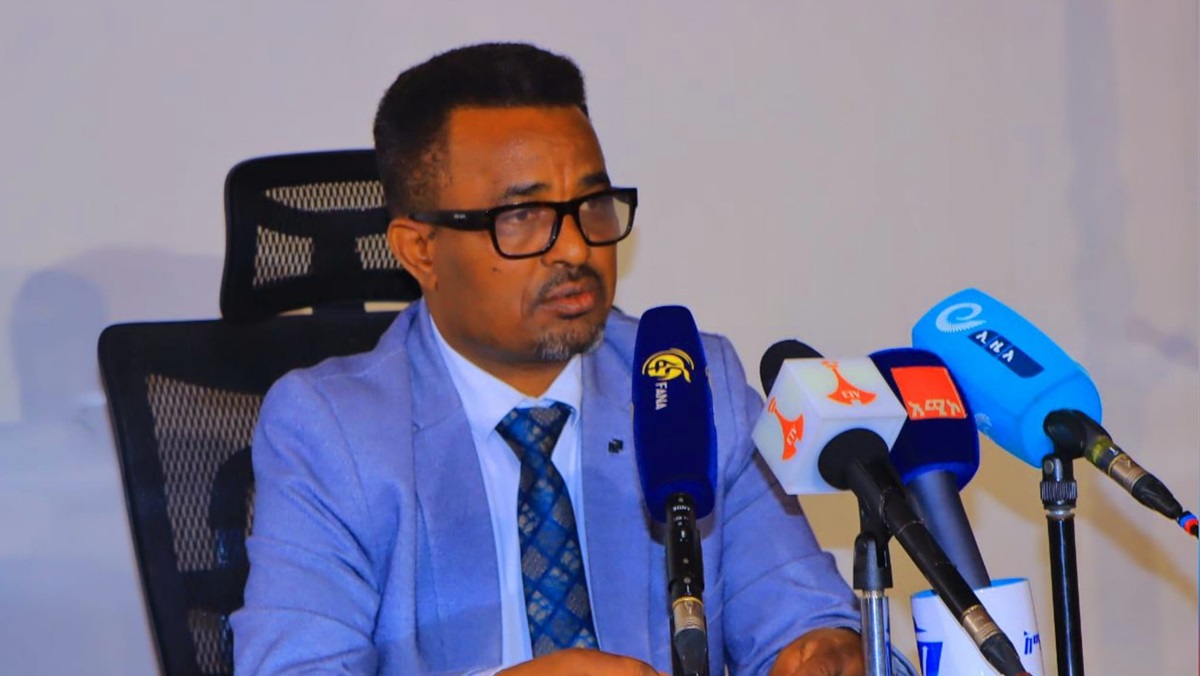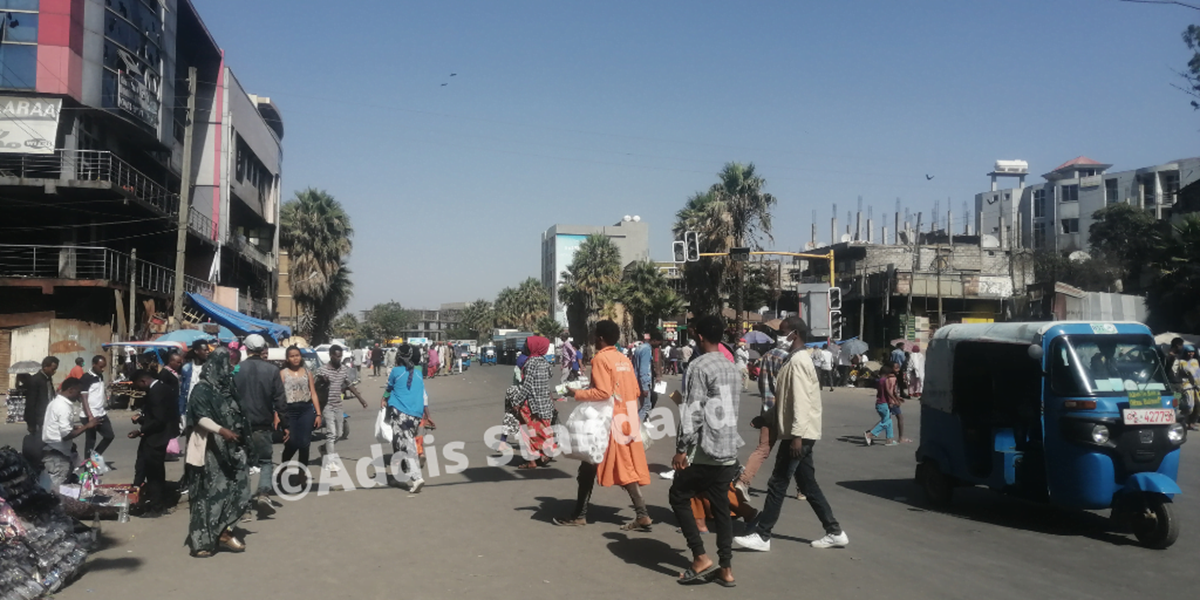News: World Bank approves $300 m grant for Ethiopia conflict recovery response

Addis Abeba – The World Bank has approved a $300 million International Development Association (IDA) grant for the “Response-Recovery-Resilience for Conflict-Affected Communities in Ethiopia Project,” according to statement from the Bank. “The project will support efforts to address the immediate needs of communities, rehabilitate/recover infrastructure destroyed by conflict, and increase community resilience to the impacts of conflict in a sustainable manner,” the dispatch said.
“Specifically, the project will help to improve access to basic services, as well as rebuild climate-resilient infrastructure, prioritized by communities. To urgently meet the needs of conflict-affected communities, mobile units will be dispatched to provide key services including in the areas of education, health, water, and sanitation. The project will also provide GBV survivors with improved access to the services and comprehensive care needed to recover from the impacts of the violence they experienced. Furthermore, it will support prevention interventions to address the underlying norms and dynamics that perpetuate GBV,” the World Bank further said.
“…the project has a national geographic scope, initially prioritizing support to the Afar, Amhara, Benishangul-Gumuz, Oromia, and Tigray regions, which have been highly impacted by the recent conflict and host large numbers of internally displaced peoples (IDPs)”
World Bank
Commenting on the grant, Ousmane Dione, World Bank Country Director for Eritrea, Ethiopia, South Sudan, and Sudan, said, “Survivors of gender-based violence suffer devastating effects to their physical and mental health. In conflict-affected areas, they are unable to get the support they need to recover from trauma and be able to move forward. This project will help to improve access to health, psychosocial support, and legal services for GBV survivors in conflict-affected regions where quality response services are limited.”
Conflicts in Ethiopia have resulted in loss of lives, humanitarian crises, destruction of private and public assets and have left communities in dire need of support. Furthermore, conflicts have caused the displacement of thousands of people throughout the country and have further exacerbated the incidence of gender-based violence (GBV), with widespread reports of physical and sexual violence, particularly against women and girls.
The Bank said that the project has a national geographic scope, initially prioritizing support to the Afar, Amhara, Benishangul-Gumuz, Oromia, and Tigray regions, which have been highly impacted by the recent conflict and host large numbers of internally displaced peoples (IDPs). To ensure rapid and efficient support that is adapted to local contexts, the project will be implemented by federal, regional, and community-based organizations. It will also be implemented by independent third-party entities, particularly in high-risk areas with ongoing conflict.
“While the project’s main focus is providing quick support to meet the urgent need of conflict-affected communities, it will also support Ethiopia to advance towards a sustainable recovery pathway by investing in institutions, communities, and policies. This will help build an inclusive and resilient future for conflict-affected communities in Ethiopia.”
IDA
The World Bank’s International Development Association (IDA), established in 1960, helps the world’s poorest countries by providing grants and low to zero-interest loans for projects and programs that boost economic growth, reduce poverty, and improve poor people’s lives. IDA is one of the largest sources of assistance for the world’s 74 poorest countries, 39 of which are in Africa. Resources from IDA bring positive change to the 1.3 billion people who live in IDA countries. Since 1960, IDA has provided $458 billion to 114 countries. Annual commitments have averaged about $29 billion over the last three years (FY19-FY21), with about 70 percent going to Africa. Dispatch








